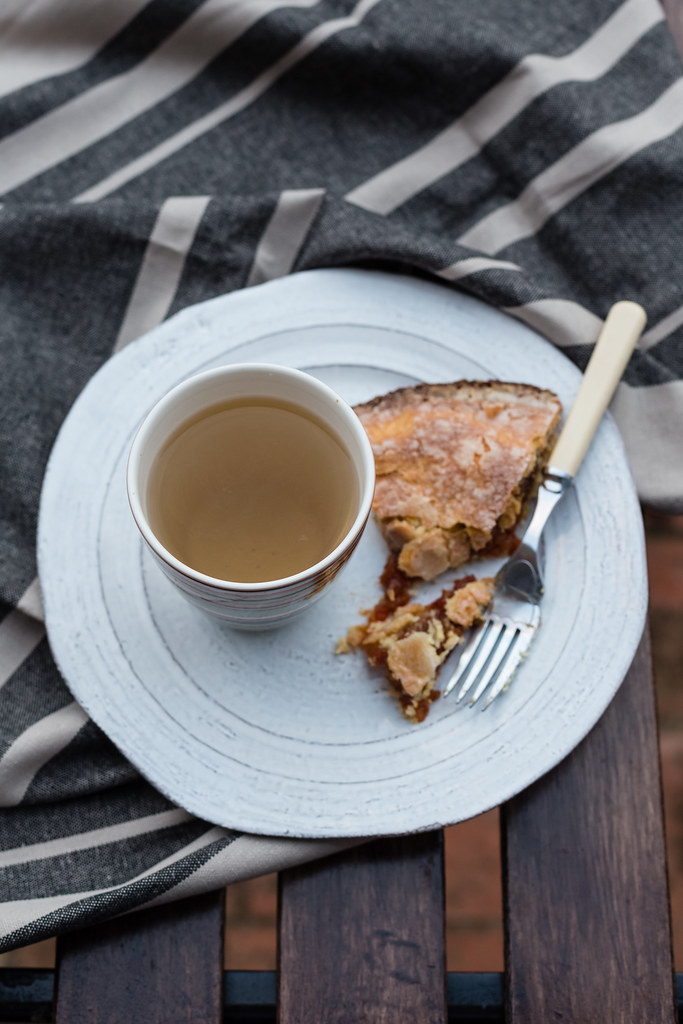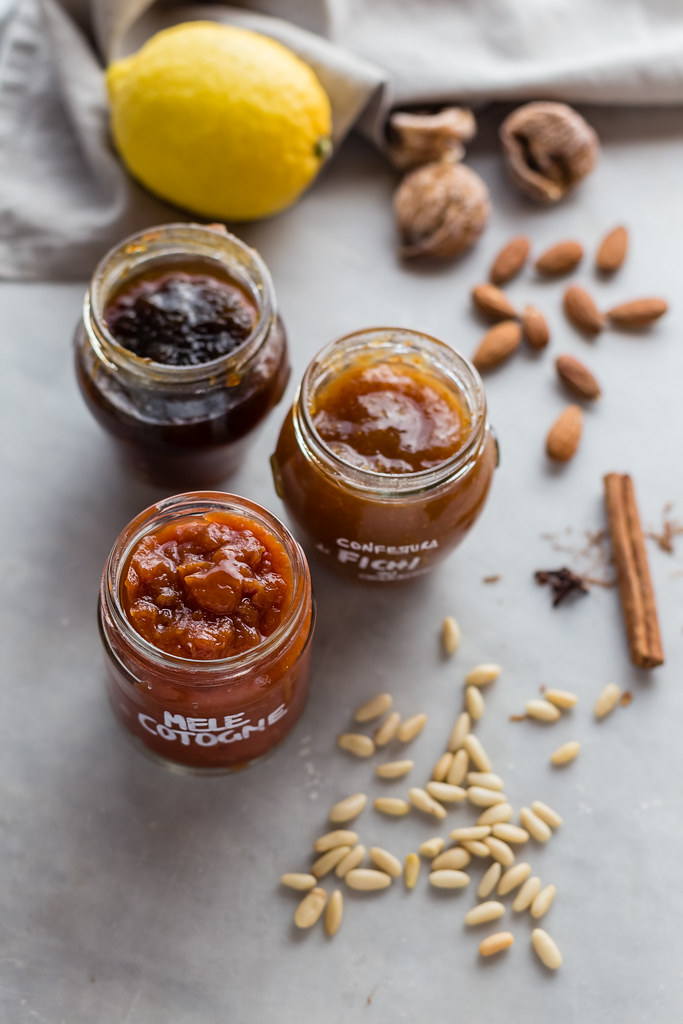Spongata, a Jewish jam and nut cake from Lunigiana, Tuscany
In a few days this blog will turn seven. It all began as a tasty hobby, not it is my job. This is the place where I can write about my life and the last recipes I’ve been enjoying in the kitchen, where we can meet, following the rhythms imposed by our daily life. Thanks to this blog I found new friends, new passions and interests, guests for my cooking classes and new clients. How do I choose, today, a new cooperation? You get me at hello when you call me by name, when you show me that you know who I am, what I do and how I do it. This is always the first essential step.
In these seven years I found my niche, where I feel completely at ease: I write about Italian and Tuscan traditional recipes, about seasonal, uncomplicated, unpretentious food. I choose clients who understand my perspective, who respect it, who won’t force my editorial line, which is not just a theoretical orientation but, mostly, how I see cooking, work, life.

I choose cooperations which can help me grow as a food writer, a food photographer and a recipe developer. I wish to be inspired and challenged. When something is scaring, when I feel that I might not be up to my clients’ expectations, then I give my best, I can give that extra something that makes me proud of my work. And how important is this feeling of satisfaction that you experience at the end of a job. It rewards you for the uncertainties of a self-employed worker’s life, for your hands which would need a good manicure, for the most irregular rhythms.
I choose to work with a company if they recognize my value, if they ask for my commitment but are willing to give in turn enthusiasm and support.

This is why I am proud of all the cooperations which appear on my blog: I choose them carefully and they pay me back with experience, with a stirring to investigate further, they push my out of my comfort zone.
Today begins a new season of my cooperation with Ventura. Our paths met a year and a half ago with these cranberry and vanilla rolls, during the summer solstice. Now, in the middle of winter, at a distance of twenty recipes and countless nibbled nut packets, we reshape our cooperation and give a more ambitious route to the next posts.
During the upcoming months we will travel through Tuscany and its different areas to discover new recipes with nuts, learning how hazelnuts, walnuts, pine nuts and almonds become cookies, cakes, breads or stuffing with a distinct local touch.
We begin with Lunigiana and a friend, Annalisa from In cucina con me.



Last year I visited Lunigiana for the first time, after a few months I came back as it is an area of Tuscany that is worth your time and your curiosity.
Lunigiana is a borderland, a slice of Tuscany wedged between Liguria and the sea, the Apuan Alps and Emilia Romagna. The neighboring territories influence its accent and its cuisine, based on everything that comes from the wood. Chestnuts and mushrooms have fed generations of farmers.
It is a poor region which is now well renowned for its typical products such as chestnut flour, honey, extra virgin oil, Marocca di Casola, a dark chestnut bread, and lamb from Zeri, both Slow Food presidia, the Bigliolo beans, rotelle apples, barley, spelt, sheep, cow and goat cheese.

Spongata – a Jewish jam and nut cake from Pontremoli
Among the typical cakes you can find in bakeries and pastry shops in Lunigiana, the spongata from Pontremoli is probably the most important. Apparently the spongata has Jewish origins, as it arrived in Italy in the sixteenth century, brought by Sephardic Jews fleeing the Spanish Inquisition. The basic ingredients of a spongata – a paste of dried and candied fruit – reminds the Charoseth, a dried fruit paste eaten during the Jewish Passover.
The Tuscan spongata inherits its name from a typical Spanish dessert, the spongado, while the name also recalls the spongato, a spongy sugar packed in large cubes for transportation. The spongata is in fact covered with a sugar glaze which will keep the cake good for long time.
How long is up to you, as for us it did not last more than a day…
Annalisa has been for long time my reference blogger for crostate and shortbread cookies but, recently, she has also become a close friend. Some time ago she showed up in a camper van with a spongata, one of those produced in the best pastry shop of her hometown. As you can imagine, there are countless variations of the same recipe, but that cake, according to Annalisa, was the best one.
She published her recipe, inspired by Giovanni Lagomarsini’s one, the same you can read in Salvatore Marchese’s Cucina di Lunigiana. She guaranteed it was exactly the same we tasted together, the same flavour we kept dreaming about for months.
It looked like the perfect recipe to begin our Tuscan tour. Here pine nuts, almonds and dried figs are mashed with orange marmalade, fig jam and apple jam to create a rich spiced sticky filling wrapped in a pastry coating.
Spongata della Lunigiana
Print Recipe Pin Recipe Share by EmailIngredients
For the pastry shell
- 250 g of flour
- 100 g of butter
- 75 g of sugar
- 3 tablespoons of warm white wine
- 1 egg yolk
- Zest of 1 organic lemon
For the filling
- 3 tablespoons of fig jam
- 3 tablespoons of apple jam
- 1 tablespoon of orange marmalade
- 10 almonds, roughly chopped
- 3 dried figs, chopped
- 2 tablespoons of pine nuts
- 1 pinch of cinnamon
- 3 cloves, ground
For the sugar glaze
- 3 tablespoons of sugar
- 1 tablespoon of water
Instructions
- Beat sugar, egg yolk, butter and lemon until creamy, then add flour and white wine. Knead the ingredients until you have a smooth dough, then divide it into two parts and roll out the dough.
- Grease with butter a 26 cm round mould and line the bottom with a pastry disc, leaving a border of about one centimeter all around.
- Spread the pastry with jam and marmalade, then add almonds, figs, pine nuts and spices.
- Cover the cake with the other pastry disc, cut the excess dough and seal the edges.
- Dissolve the sugar in a cup with water and brush the surface of the cake before baking it.
- Bake the spongata at 180°C for about 30 minutes until the edges are golden brown and the sugar on the surface is shiny and cracked.
- Let it cool completely before slicing.
Another proof of how Lunigiana is influenced and connected to the neighboring Emilia Romagna is the Christmas spongata from Parma. Read more about it here and here.

(Vintage Style Ceramic Dinner Plate Barocco by Virginia Casa, available on dishesonly)
Link Love – In Lunigiana
- If you want to visit Lunigiana and have a unique experience contact Farfalle in Cammino, a not for profit association founded by three young people who shared the passion for their country and the responsible travel principles. They decided to start an association which could promote these ideals, contributing to the local development. Here you find all their activities, from dinners to rafting experiences to bike rides.
- A special guide to Lunigiana was for us Ilaria of the La Luna di Quarrazzana B&B. Ilaria, gentle, smiling and endlessly generous, is bringing new life to Quarazzana and new vitality to the concept of ‘special’. Do not miss her breakfasts.
- Another magical agriturismo is Di là dall’acqua, an organic farm. Imagine a place where you can rest immersed in the nature or walk through silent woods, following the rhythm of the river that runs beside you. A place where you can taste organic products grown in this enchanted land and discover how vegetables and honey are produced. Or you can also choose to do nothing and simply admire and marvel at the nature that surrounds you or read a book laying next to the river. You can find all of this and more at Di là dall’Acqua.
- Lunigiana is a land of unspoiled landscapes, mills, castles and quality products, such as the goat cheeses of Capra campa, the cheese and cured meat of Manuela and her farm Cormezzano, the stone milled wheat and chestnut flour of Antico Molino dei Fratelli Rossi.
- If you visit Pontremoli stop for breakfast at Antica Pasticceria degli Svizzeri and order two amor along with your coffee. Amor is a double wafer with a rich butter cream inside, the form is geometric – but the taste is exquisitely Baroque. So now you understand why you have to order two, one is not enough!

(Vintage Style Ceramic Dinner Plate Barocco and side plate Pietra, by Virginia Casa, available on dishesonly)





Dear Sir/Madam, before writing geographical names and “historical facts”, please fact check your information! The correct geographical name is Lunigiana and part of it is in Tuscany and the other part is in Liguria; What Historic proof do you have to write it is a Jewish jam and nut cake? In Apicius Cooking book and in the novel Satyricon (Late 1st century AD) by Titus Petronius Arbiter, a friend of Nero, there are descriptions of a cake and/or breads with the same ingredients as the Spongata. Even though, at the time of Apicius and Petronius, there was a Jewish presence of free men and Jewish slaves, in Rome, I haven’t found anything to corroborate your statement of a Spongata Jewish origin.
Regards
Hello Andrea, my name is Giulia, I am the author of this blog.
Yes, I made a spelling mistake in the title, but if you read the whole blog post, you might realise that I know how to spell Lunigiana, I’ve been there several times, too. As for my assumptions, they are taken from the book I mention before the recipe, where I also found the recipe, I have not made them up myself.
I do appreciate you sharing your knowledge, it definitely adds to this post, I just do not appreciate the tone you are using.
Hello Giulia, my comment wanted to be a constructive critic to your culinary article; I didn’t realize the the name Lunigiana was misspelled only in the title but you have to agree with me that if you know Italian, and I do, you see the mistake immediately. Also what teased my interest about the origin of the Spongata as you pointed out, is the fact that my family is use to eat a slice of Spongata with a shot of anise liqueur on Dec 26 since I guess at list 4 generations, anyways I kept looking about origins and it came out it is very much possibly an Etruscan origin for the Spongata, here below a couple of links in Italian(By the way when you open a blog to comments, you must be prepared to enthusiastic comments but also to constructive critics ; ) ).
https://www.quinewsvolterra.it/volterra-gli-etruschi-erano-golosi.htm
https://caffebook.it/2016/12/08/un-dolce-di-natale-la-spongata/
https://www.pressandarcheos.com/articoli/la-cucina-etrusca-a-tavola-col-lucumone/